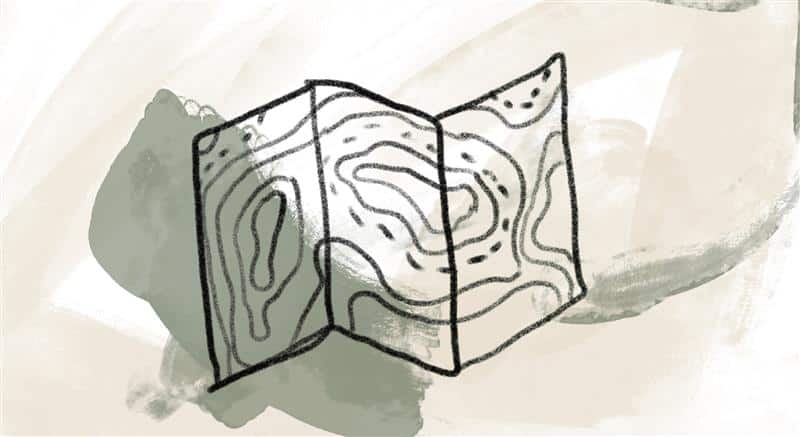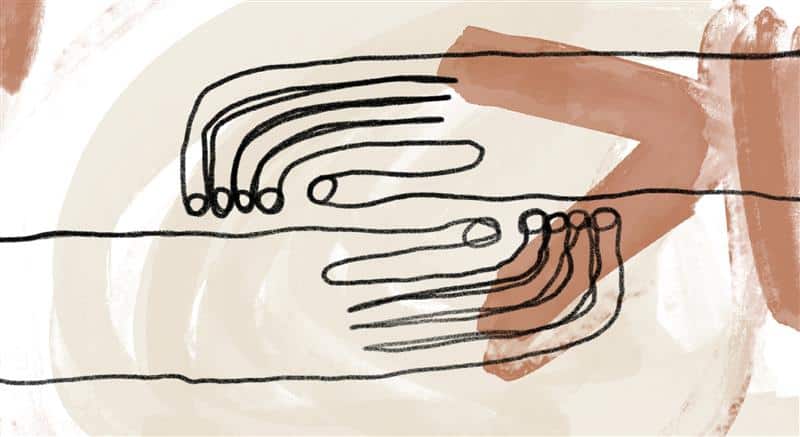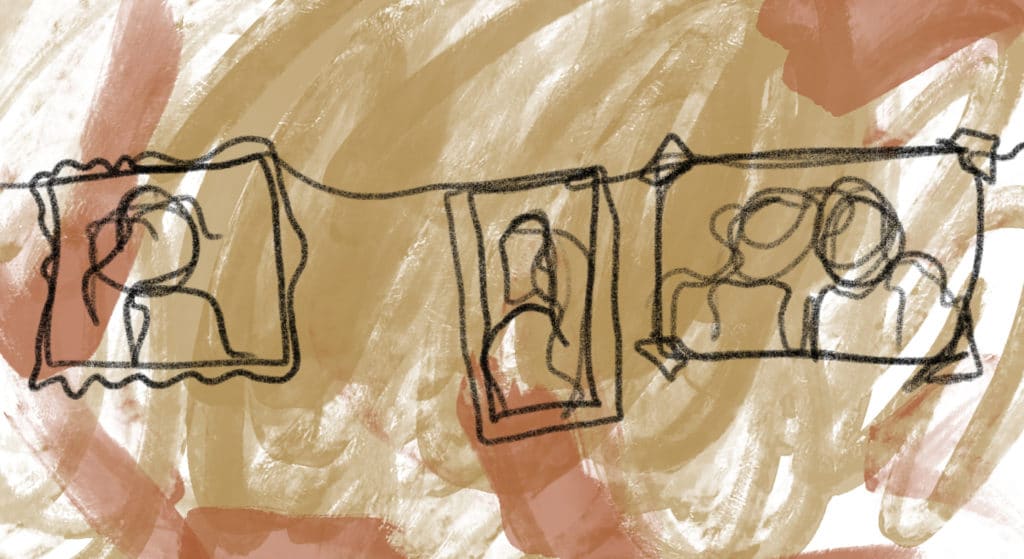
Ash Wednesday
Throughout my life, through my life, the world has little by little caught fire in my sight until, aflame all around me, it has become almost completely luminous from within.
—Teilhard de Chardin, The Divine Milieu
Mystic and scientist Teilhard de Chardin (1881–1955) found cosmic meaning in the image of the fiery Sacred Heart of Jesus. David Richo writes:
The fire image of the mystics was expanded and enriched by Teilhard within his new cosmology.… There are indeed many precedents for this metaphor. The [apocryphal] Gospel of St. Thomas presents Jesus as saying: “He who nears me nears the heart of the fire.” [1] In the Litany of the Sacred Heart is the invocation “Glowing furnace of love.” Images of the Sacred Heart show a perpetual flame arising from its center. Fire burns away the selfish ego so that our basic goodness, our true nature as love, can shine through…. The fire in the heart of God is the same fire that burns in us once we have the interior vision that lets us acknowledge divinity within ourselves….
When St. Paul says that “our God is a consuming fire” [Hebrews 12:29], we see again a metaphor for the dismantling of ego-centeredness. Christ’s heart can become the fiery center of ourselves, and in that alchemical blaze the ego is transformed to the gold of humility and generosity. Our spiritual practice is thus to turn our ego energy into compassion for others, not at the cost of personal esteem, but as a fruit of it.… Fire is associated with hell but in the context of mystical revelations, fire is about love. The Sacred Heart is a divine pledge that the world will not end by fire but be reborn in it.
For the ancient Greeks and Egyptians healing was caused by light and fire. This may best resemble Teilhard’s mystical sense of the fire of the Sacred Heart that brings light and healing to the world. [2]
Theologian Wendy Wright identifies love as the essence of the Sacred Heart:
There is something in God and something in us that correspond. We come from, have our being in, and return to God. In the tradition of the heart, that correspondence is love. Love, not merely as sentiment or feeling, but love as the inner dynamism of God in God’s triune self. Love as the generative power that overcomes death. Love as self-donation. Love as the welcome of the “other” as another self. Love as the gravitational force that binds all disparate things together. Love as the fire that burns clean and as the balm that heals. Love as the vision that sees the integrity of both parts and whole. Love as source and end and the path between.
The tradition of the heart does not say merely that God loves us “because,” or that God’s love can be seen “in,” but that God is Love. And that God’s very essence truly in some small way might be encountered here and now. [3]
References:
[1] The Gospel of Thomas, saying 82.
[2] David Richo, The Sacred Heart of the World: Restoring Mystical Devotion to Our Spiritual Life (New York: Paulist Press, 2007), 86–87.
[3] Wendy M. Wright, Sacred Heart: Gateway to God (Maryknoll, NY: Orbis Books, 2001), 41.
Image credit: Wonderlane, Untitled (detail), Seattle, 2020, photograph, public domain. Click here to enlarge image.
A fire of love can fill us up and shine out with great strength.
Story from Our Community:
The writings of Richard Rohr have put me in touch with the mystic I have long “sensed” within myself.… I’ve come to realize that some of my religious heritage is worth keeping and some is not. As Christians, we have lingered far too long in excluding others—and it has held us all back. God does not exclude, ever. If we can keep what is valuable and leave the rest behind, we can move forward into, hopefully, a more universal experience. —Anne T.




